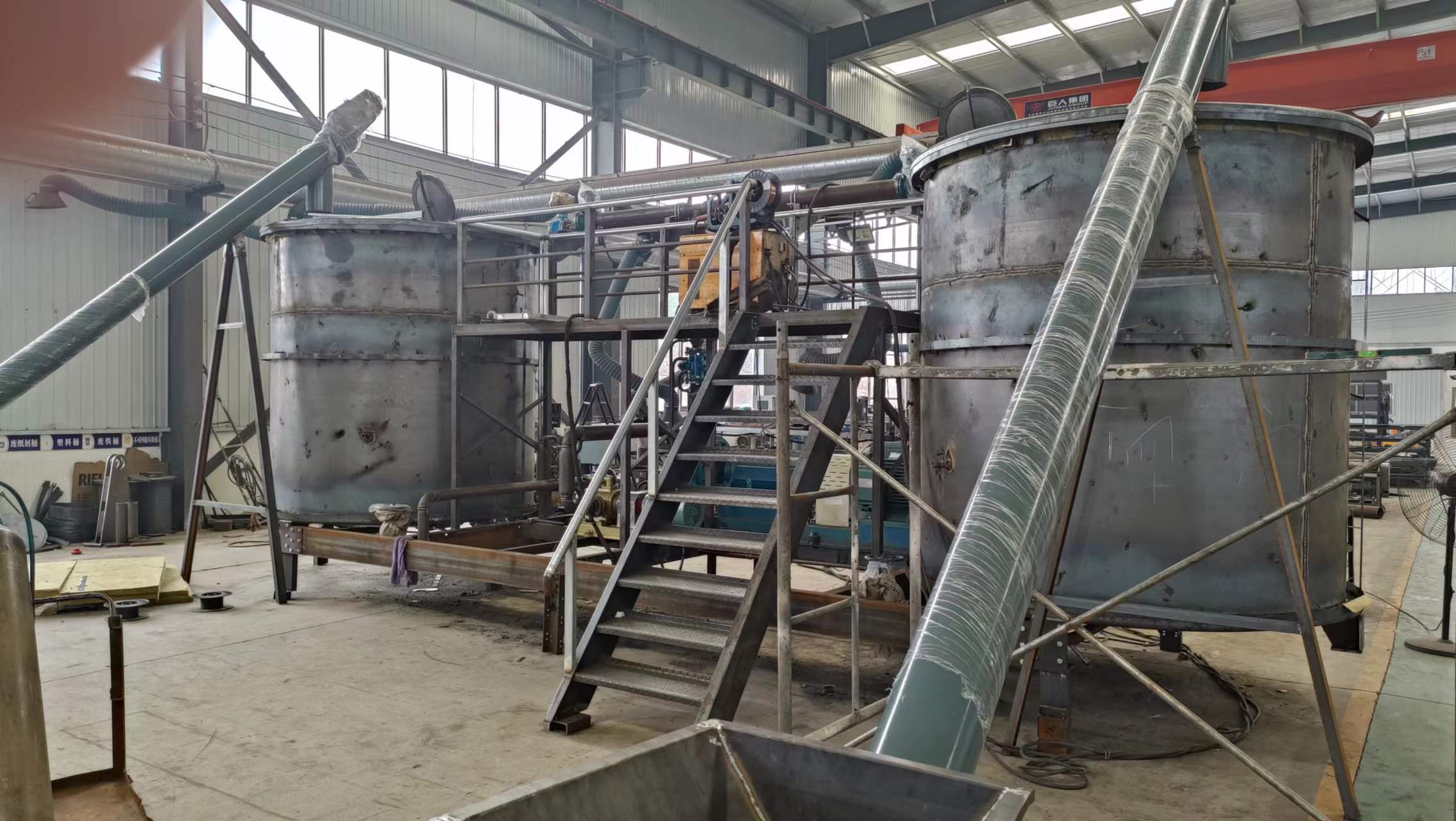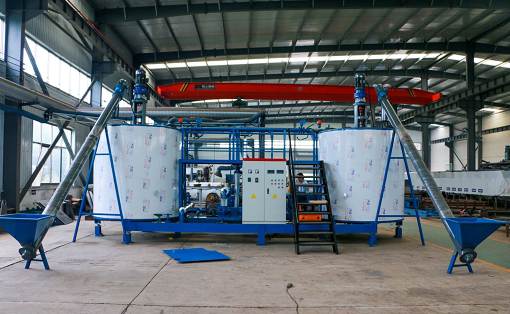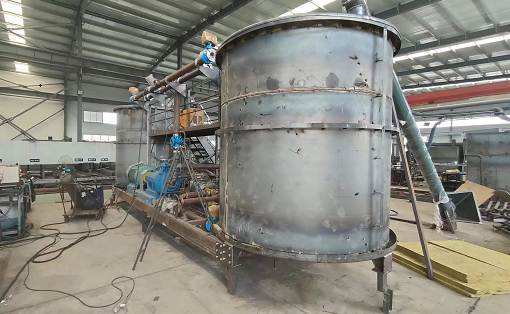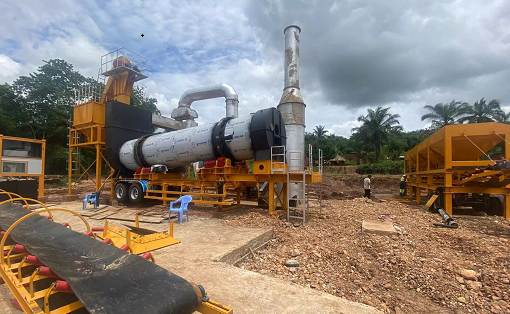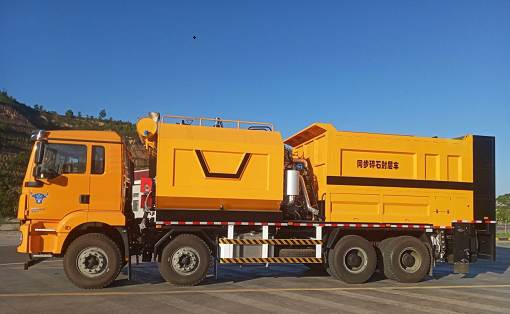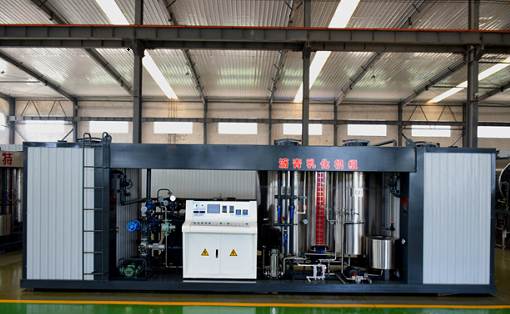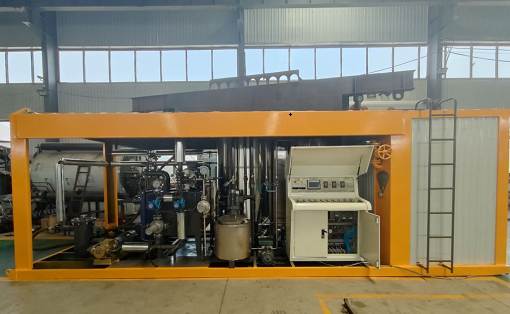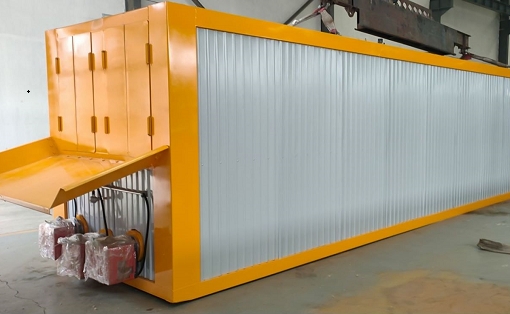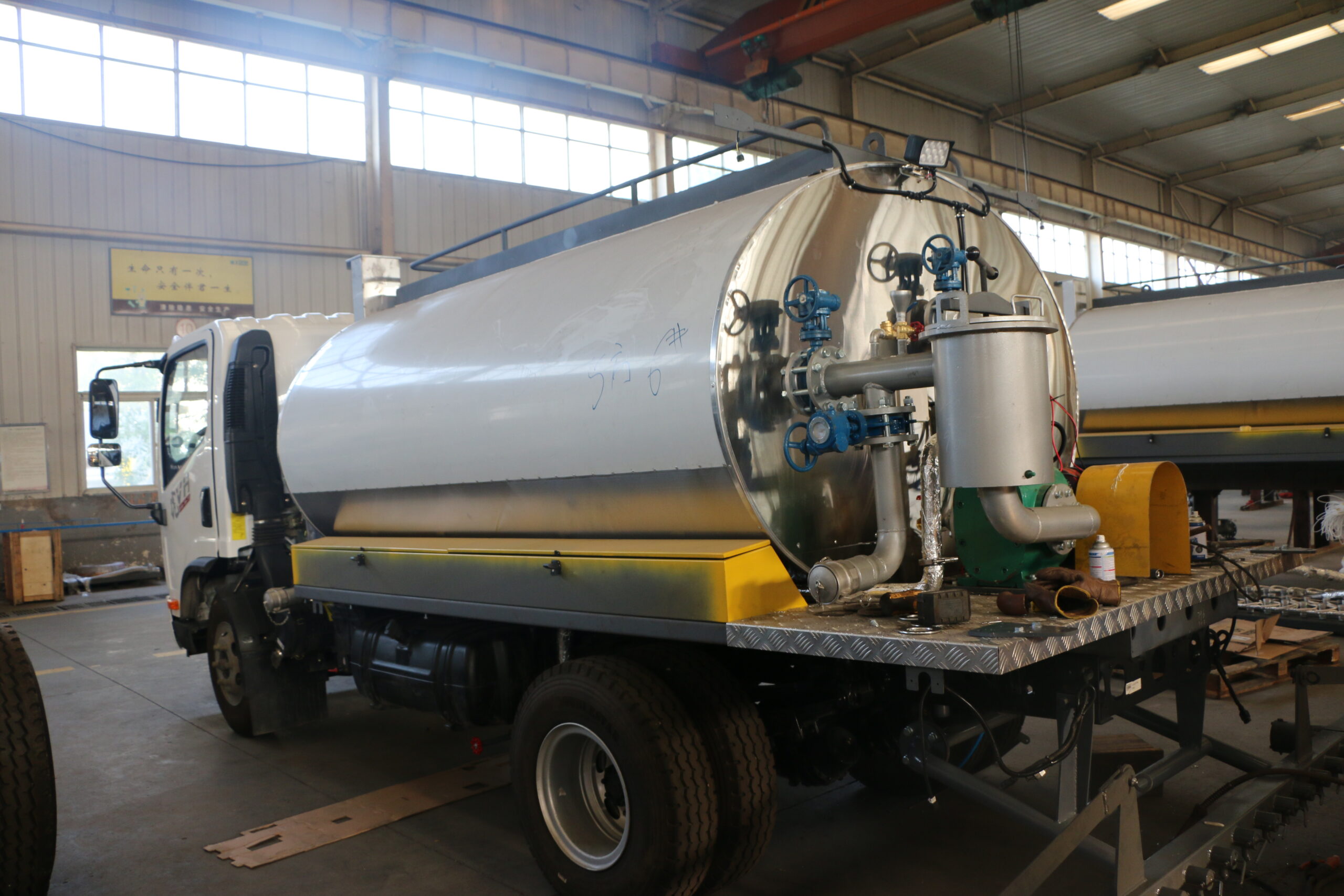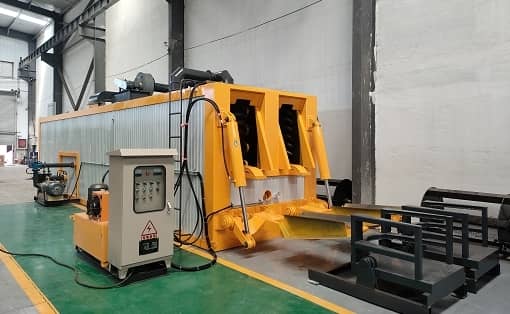What is the difference between bitumen and modified bitumen, and which one is better?
Bitumen is a mixture of organic compounds. The road surface paved with bitumen by modified emulsified bitumen equipment is a seamless continuous road surface with good durability and wear resistance. It does not soften at high temperatures and does not crack at low temperatures. It has been promoted and applied worldwide for its superior performance such as strong bearing capacity, no dust, anti-slip, and noise.
Modified bitumen refers to an asphalt mixture that has been improved by adding modifiers such as rubber, resin, high molecular polymer, and finely ground rubber powder, or by lightly oxidizing bitumen. The excellent performance of modified bitumen equipment comes from the modifiers added to it and the world’s advanced colloid mill; the modifiers can not only merge with each other under the action of temperature and kinetic energy, but also react with bitumen, thereby greatly improving the mechanical properties of bitumen. The modified bitumen produced by modified emulsified bitumen equipment can effectively enhance the load capacity of the road surface, reduce the fatigue of the road surface caused by excessive load, and extend the service life of the road surface exponentially. Therefore, it can be widely used in the paving of high-grade highways, airport runways and bridges.
Bitumen is a mixture of organic compounds. The road surface paved with bitumen by modified emulsified bitumen equipment is a seamless continuous road surface with good durability and wear resistance. It does not soften at high temperatures and does not crack at low temperatures. It has been promoted and applied worldwide for its superior performance such as strong bearing capacity, no dust, anti-slip, and noise.
Modified bitumen refers to an asphalt mixture that has been improved by adding modifiers such as rubber, resin, high molecular polymer, and finely ground rubber powder, or by lightly oxidizing bitumen. The excellent performance of modified bitumen equipment comes from the modifiers added to it and the world’s advanced colloid mill; the modifiers can not only merge with each other under the action of temperature and kinetic energy, but also react with bitumen, thereby greatly improving the mechanical properties of bitumen. The modified bitumen produced by modified emulsified bitumen equipment can effectively enhance the load capacity of the road surface, reduce the fatigue of the road surface caused by excessive load, and extend the service life of the road surface exponentially. Therefore, it can be widely used in the paving of high-grade highways, airport runways and bridges.

